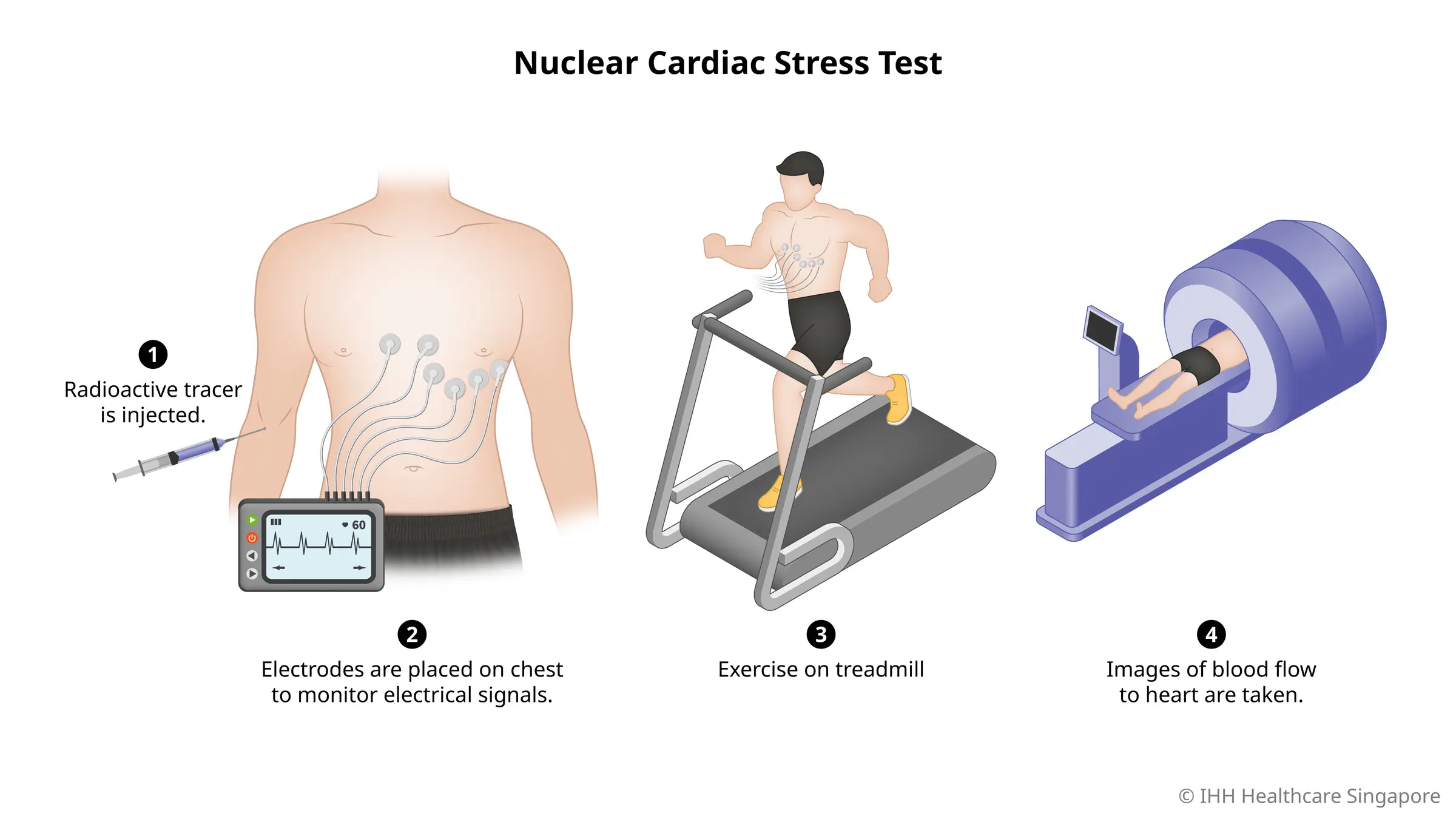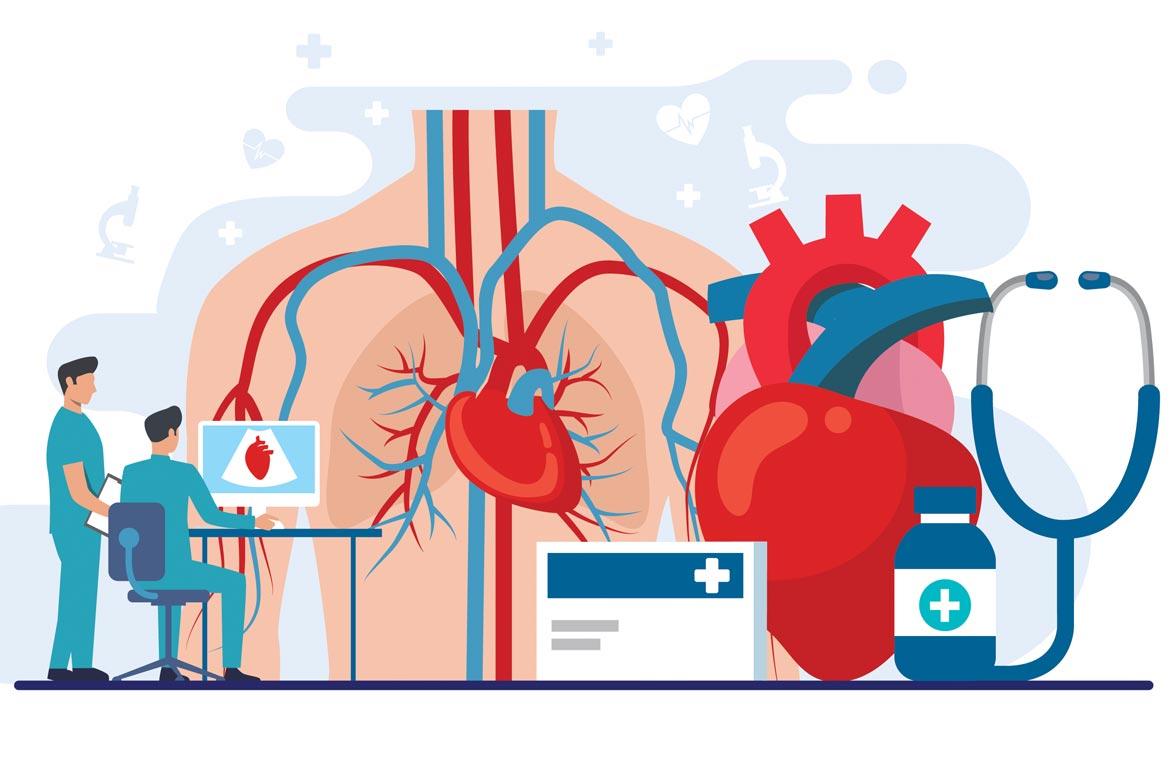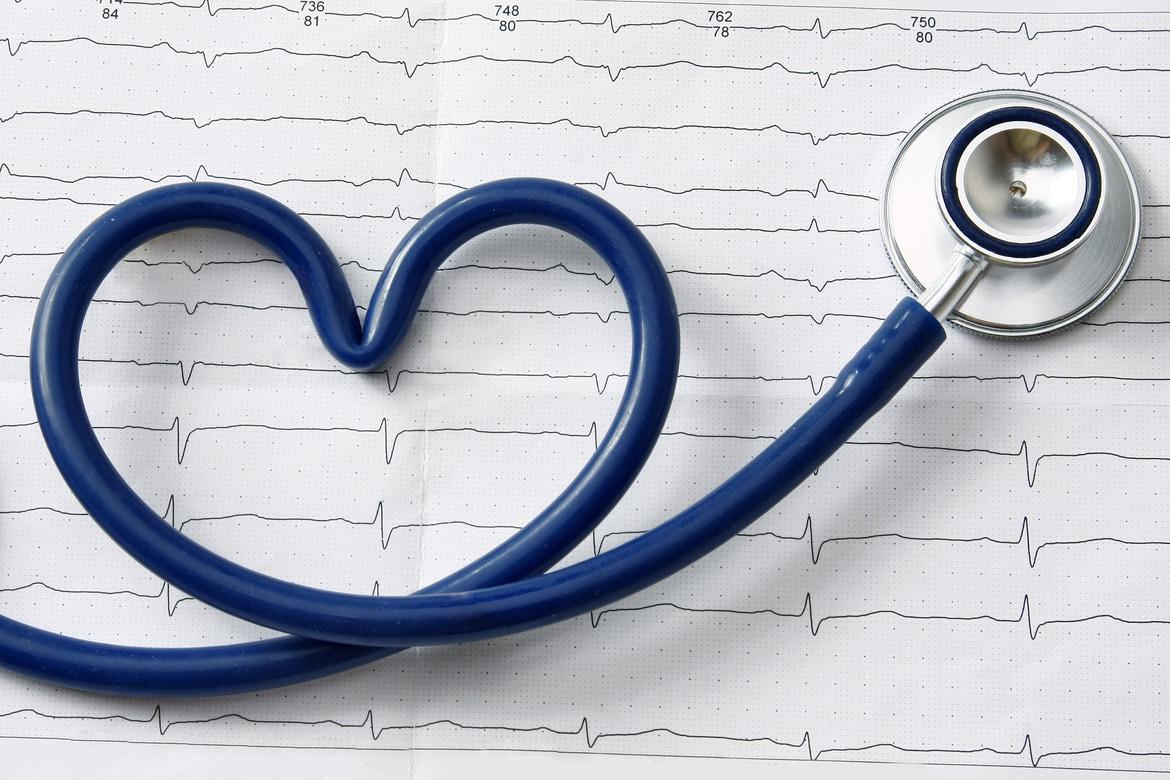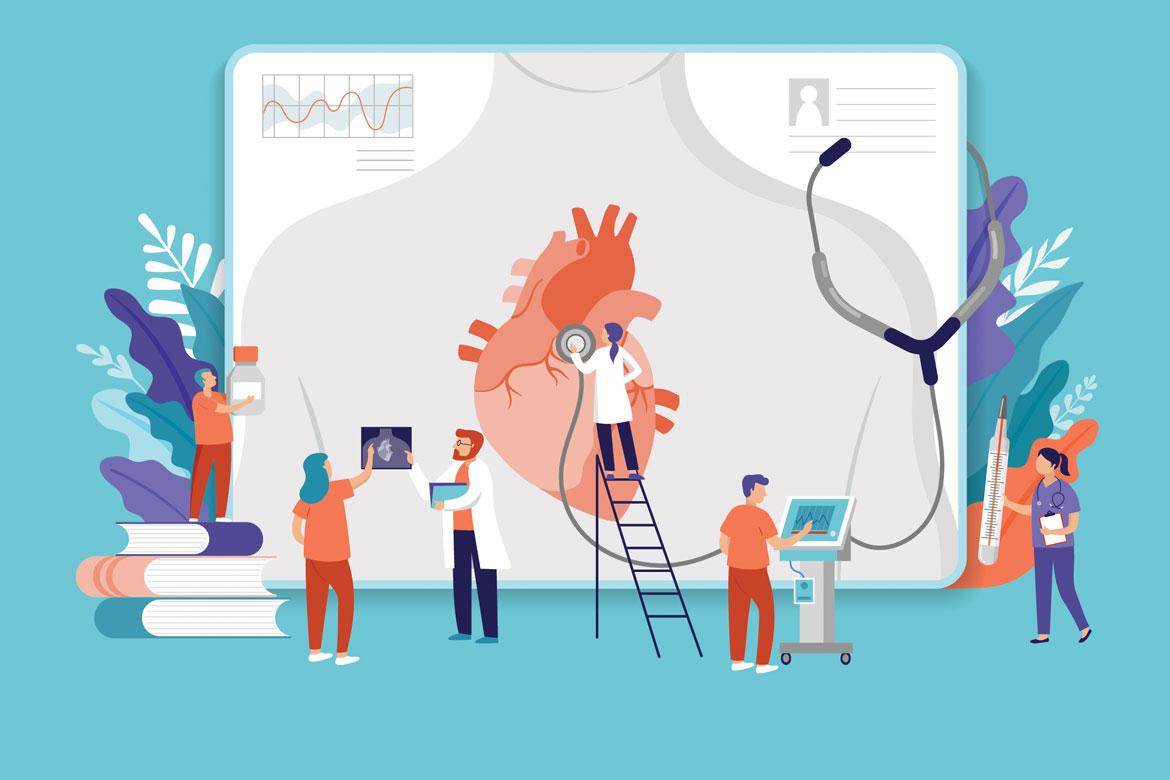Nuclear Cardiac Stress Test
What is a nuclear cardiac stress test?
A nuclear cardiac stress test is used to assess the blood flow to your heart muscles during exercise and rest. It is also called a nuclear perfusion scan or myocardial perfusion imaging.
A nuclear cardiac stress test is a common test used to diagnose heart problems. It may be used to complement a regular electrocardiogram (ECG), which detects abnormal electrical activity in the heart and pinpoints heart blockages exactly.
How it works
During the procedure, your doctor will inject a small amount of a radioactive compound (called a tracer) into a vein in your arm. The tracer will be swept from your blood quickly by heart muscle cells.
Your doctor will take 2 sets of images of your heart using a gamma camera — when you are resting and after you exercise. If radioactivity is not seen in parts of the heart, this means that there is a lack of blood supply to that part.
Why do you need a nuclear cardiac stress test?
Your doctor may request a nuclear cardiac stress test to:
- Assess blood flow to your heart walls.
- Determine the cause of chest pain if you experience chest pain for no clear reason or during exercise.
- Check if any coronary (heart) arteries are blocked and the extent of any blockage.
- Find out the extent of damage to your heart if you experienced a heart attack. If the tracer cannot be detected in some areas of the heart, this could indicate scar tissue, or damaged heart tissue from a heart attack.
- Assess blood flow to your heart after a heart bypass surgery or angioplasty (re-opening of blocked heart arteries using a balloon or a stent).
Who should not undergo a nuclear cardiac stress test?
You should not undergo this test if you:
- Have a flu with fever.
- Have an infectious disease such as sore eyes or chicken pox.
- Are pregnant or breastfeeding, to avoid exposure to radiation.
- Are feeling lethargic.
What are the risks and complications of a nuclear cardiac stress test?
A nuclear cardiac stress test is generally safe. Rare complications include:
- Abnormal heart rhythms (arrhythmias) occurring during a stress test. This is usually temporary. Life-threatening arrhythmias due to the test are rare.
- Dizziness or chest pain can happen during a nuclear cardiac stress test. Other mild and brief symptoms may include feeling anxious, feeling out of breath, nausea, shakiness, headache and flushing during the test.
- Heart attack due to the test. This is extremely rare.
- Low blood pressure during or immediately after the exercise. You may feel dizzy or faint but will recover after the stress test.











